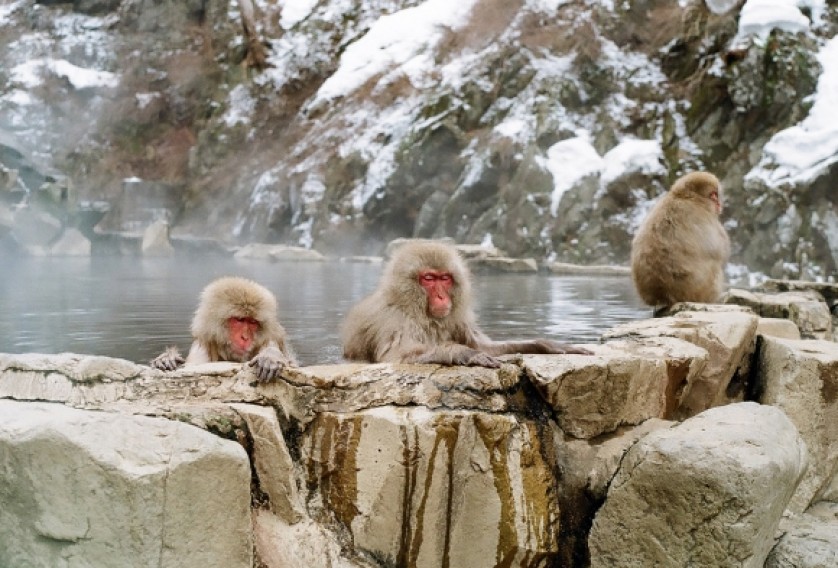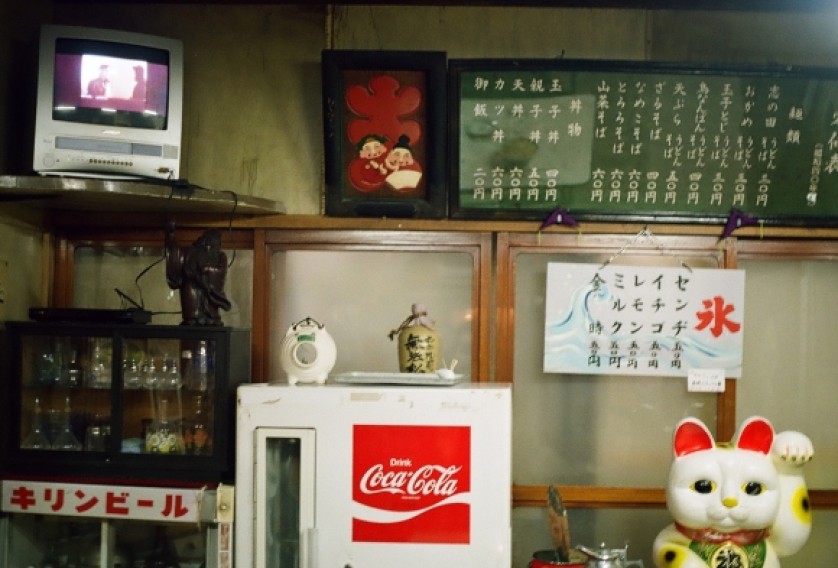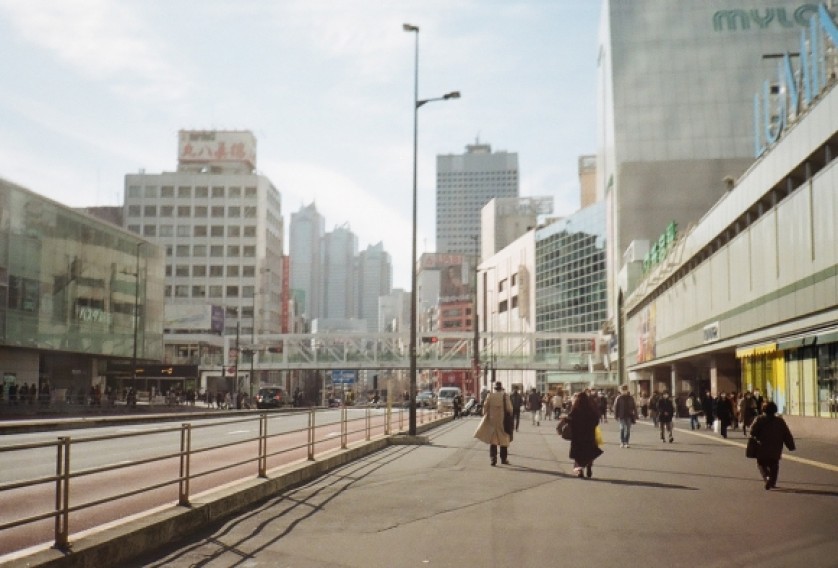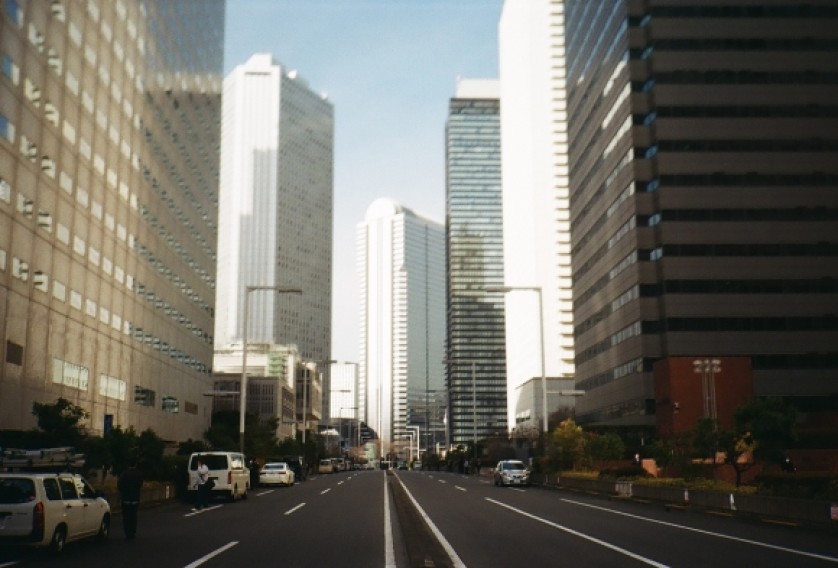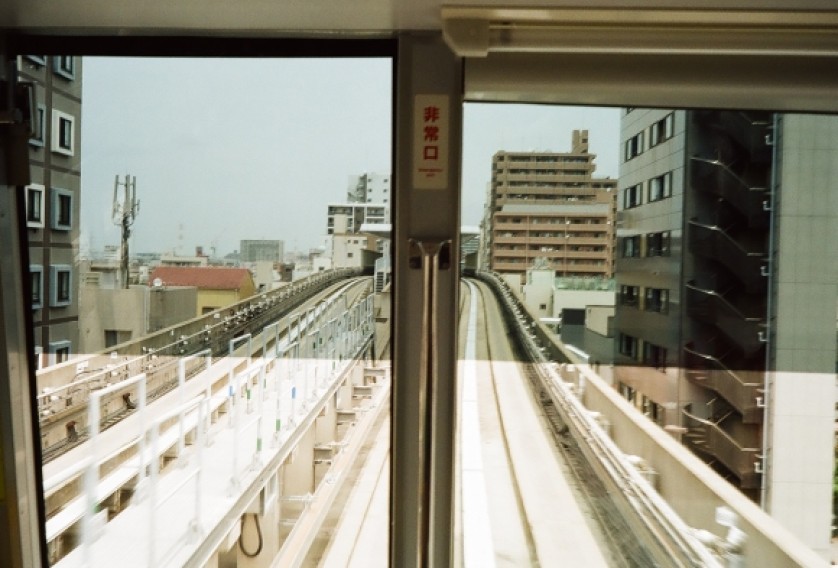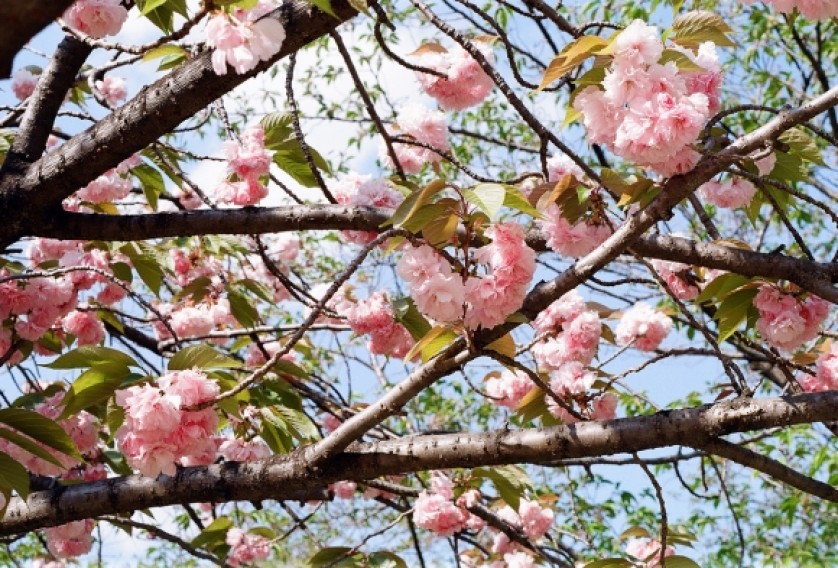Theodor Maier
Once I missed the last subway train and decided to walk home. For almost three hours, I rambled through the night. Once in a while I came across a guard on the edge of a park and I watched a group of young people wearing suits as they carried a drunken man above their heads. The city felt as if 23 small towns had been grouped together. I left the center of one quarter (i.e. the train station that, in many cases, also is a shopping mall and its environs), walked through quiet residential areas and reached the next center and, after crossing the periphery, yet another center until I finally arrived at home. I lived accordingly in this city: I decided to spend half a day in Shinjuku or had something to do in Ueno, met other people to go shopping in Shimokitazawa or visited the museum in Roppongi. Spontaneous activities were seldom as my friends there were isogashii (busy) and we usually agreed on the date at least one week in advance. As I had hoped, I experienced and saw much – the unfamiliar manners, the oft-quoted contrasts, expected and surprising things.
| 1. | My stay in one word: | |
| Iideshitane! | ||
| 2. | Dos & don’ts in this place: | |
| Dos: Looking down on the city from the 53rd floor of the Mori Art Museum or from the 45th floor of the Shinjuku city hall, getting your hair cut at 1,000 yen (approx. 8 euro) in a cut-only shop, standing between the salaried people and slurping a soup in the snack bars, taking an interest in temples and shrines, exploring the antiquarian bookshops in Jimbocho, learning by heart the most important Japanese phrases, especially ‘iranai/daijobu desu’ (no, thank you/I don’t need this/I’m fine), learning to write your name in katakana (you are often asked to do so), buying the Seishun 18 Kippu ticket and riding the regional trains along Japan’s coasts, rice fields and Mount Fuji, taking the Shinkansen at least once, in summer hiking up Mount Fuji, sleeping in a cabin half the way up, looking down from the summit at sunrise and eating cup noodles for breakfast… Don’ts: Thinking about who to make way for and how while walking in the crowd, violating the waste calendar (even when you take pains to comply with it, it may be advisable to carry your waste outside by night when its dark in order to avoid conflicts with your neighbors), spending too much money on the Shinkansen and the classics, such as eating or smoking while you are walking, making telephone calls on public transport, stepping on tatami mats or into changing cubicles and a doctor’s surgery with your shoes on, blowing your nose in the presence of others. |
||
| 3. | Things I miss since I am no longer there: | |
| How inexpensive it can be to dine out, the fact that somebody tidily puts the articles purchased into a basket at the checkout desks in supermarkets, the absence of noise on public transport, driving past the neon lights when it’s dark, people sleeping in trains and cafés, knowing that I live in the world’s biggest city. | ||
| 4. | Where to shop great supplies: | |
| Paints, frames, pads, etc. at Sekaido, paper at Takeo and the 13-storey stationery store Itoya, some bookbinding material and tools at the Daiso 100-yen shops that you find everywhere, second-hand analogous cameras at Classic Camera Moritz in Shinjuku, films at Bic Camera or Yodobashi, fast and inexpensive film development at Yellow Jacket. | ||
| 5. | What you should definitely bring with you from home: | |
| Comfortable shoes – as the distances between the subway stations are relatively long, you tend to walk a lot in Tokyo. | ||
| 6. | Concerning art at this destination and where I visited the best exhibitions: | |
| It is worthwhile to visit Anne and Sebastian Groß at the Studio Gross and to let them show you around Arakawa during a stroll. What I found odd was that exhibiting artists usually pay rent for the exhibition space. In my view this means that in many cases the focus is not on substantive engagement but rather that artists who can afford it present themselves. Solo exhibitions carry particularly high prestige so that persons and their product are in the foreground. This may however also have to do with the fact that fine arts still have strong links to the artisan sector and may not be negative at all. Art is frequently on show in large shopping malls and expensive shops. I was especially impressed by the gallery Le Forum at Maison Hermès in Ginza: The lift takes you to the upper levels of Maison Hermes where the neighboring buildings and traffic shine through the walls made of frosted glass. | ||
| 7. |
|
|
| Food can be bought in the fortunately nearby LIFE supamaketto and in konbinis, clothes, stationery and anything else in a small shopping street that is also close by — here and around the other residential areas such as Kita-Senju, there are much more inexpensive second-hand shops than in the designed vintage shop districts such as Koenji and Shimokitazawa. I often had a coffee at the Café Lone in this shopping street. When I was in the neighborhood I usually ate at home, but food is very good in almost all the Japanese restaurants. | ||
| 8. | Where I like to spend the evening (dinner, drinks, best sound and networking opportunity): | |
| I particularly liked the Japanese standing-only bars: Japanese-speaking companions can help you find access to these spots where the guests stand in a semicircle around the bartender and talk with him/her. The izakayas (“sake shops for lingering”) are nice, too. Often two people – one with a musical instrument, the other one with a catalogue of songs – go from table to table and play the accompaniment to songs sung by the seated guests themselves (best sound). | ||
| 9. | What would have been useful to know before coming here and starting my residency: | |
| How much there is to be discovered in Arakawa, including many art spaces, and how many interesting people you can meet there; that it would be very helpful to speak some Japanese, but that you can deal well with almost any situation without speaking the language. |
Website resident: https://theodormaier.com

